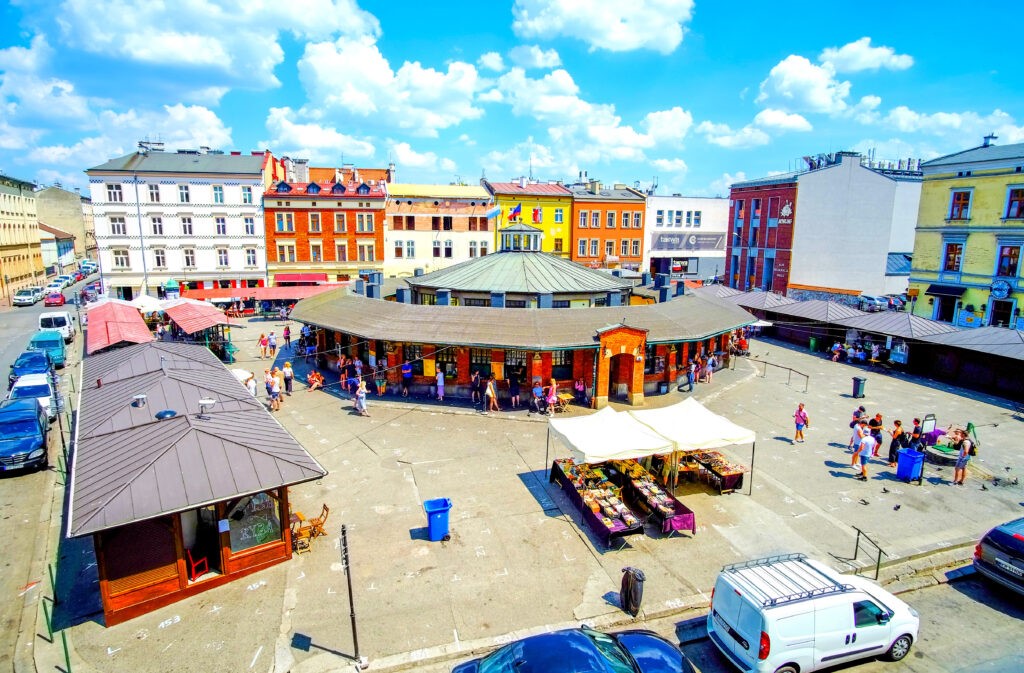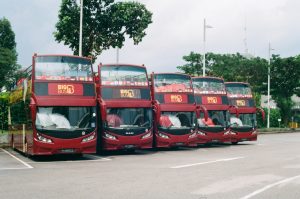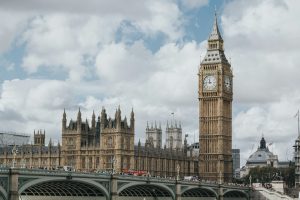Introduction
Krakow is one of Poland’s oldest and most beautiful cities, located in the south of the country along the Vistula River. Known for its rich history, stunning architecture, and vibrant cultural life, Krakow was the royal capital of Poland for centuries.The city’s Old Town is a UNESCO World Heritage Site, featuring the historic Main Market Square, Wawel Castle, and the Cloth Hall. Just south lies Kazimierz, the former Jewish Quarter, known for its unique blend of Jewish heritage and modern culture.
- Historical Background of Kazimierz
King Casimir III the Great as a separate city from Krakow established Kazimierz in the 14th century. Jews were invited to settle here and the district became a thriving center of Jewish religious, cultural, and economic life for centuries. The Jewish population flourished here until World War II, when the Nazi occupation led to the tragic decimation of the community. Post-war, Kazimierz was neglected but later revived as a cultural and artistic hub, blending its rich Jewish past with a lively present.
- The Synagogues – Spiritual and Historical Anchors
Kazimierz is home to several important synagogues, each with its own story:
- Old Synagogue (Stara Synagoga): The oldest surviving synagogue in Poland, dating back to the 15th century. Now a museum showcasing Jewish religious artifacts and history.
- Remuh Synagogue: Built in the 16th century, it remains active today and is adjacent to the Remuh Jewish Cemetery, a key historic site.
- Tempel Synagogue: Known for its beautiful Moorish Revival architecture, it serves as a cultural center and museum.
Visiting these synagogues offers a deep insight into the spiritual life of Krakow’s Jewish community.
- The Remuh Cemetery – A Silent Testament
One of the oldest Jewish cemeteries in Europe, the Remuh Cemetery dates back to the 16th century. It holds the graves of many prominent rabbis and community leaders, including Rabbi Moses Isserles (the Remuh). The cemetery survived the destruction of World War II and is a powerful place for reflection on the history and endurance of the Jewish people in Krakow.
- The Galicia Jewish Museum
Located near Kazimierz, the Galicia Jewish Museum is dedicated to preserving and educating about Jewish culture and history in Poland. The museum’s exhibitions combine historic photographs with modern art and storytelling, giving visitors a moving experience of Jewish life before and after the Holocaust.
- Plac Nowy – The Heart of Kazimierz’s Social Scene
Plac Nowy is a lively square famous for its food stalls, markets, and nightlife. The circular “pavilion” in the center houses a popular flea market, where you can find vintage items and Jewish memorabilia. Plac Nowy is also famous for its zapiekanka—a delicious Polish-style open-faced sandwich that is a must-try street food.
By day, it’s a bustling marketplace; by night, it transforms into a hub of bars and live music, reflecting Kazimierz’s vibrant atmosphere.
- Szeroka Street – Historical and Cultural Hub
Szeroka Street is one of the oldest streets in Kazimierz and was historically the center of Jewish life. It’s home to the Old Synagogue, Remuh Synagogue, and many important Jewish landmarks. Today, it hosts Jewish festivals, cultural events, and is lined with cafés, restaurants, and galleries that celebrate Jewish heritage.
- Kazimierz during World War II
During the Nazi occupation, Kazimierz became part of the Krakow Ghetto, where Jews were forcibly relocated under appalling conditions before many were deported to concentration camps. The district’s tragic history is remembered through various memorials and museums, including the nearby Schindler’s Factory Museum, which tells the story of Oskar Schindler’s efforts to save Jewish workers.
- Jewish Festivals and Cultural Events
Kazimierz hosts a range of Jewish cultural festivals, the most famous being the Jewish Culture Festival held annually in June or July. This week-long event features concerts, lectures, film screenings, and traditional Jewish cuisine. It’s one of the largest Jewish cultural festivals in Europe and draws thousands of visitors, offering a vibrant celebration of Jewish heritage and resilience.
- Modern Kazimierz – Cafés, Art, and Nightlife
Kazimierz today is a lively district filled with trendy cafés, art galleries, boutique shops, and nightlife venues. The neighborhood has become popular with locals and tourists alike for its bohemian vibe and creative energy. Places like the Singer Café (named after the famous Jewish writer Isaac Bashevis Singer) combine history and modernity beautifully.
- Practical Tips for Visiting Kazimierz
- Walking Tour: Kazimierz is best explored on foot. Consider joining a guided walking tour or use a self-guided map app to visit key sites.
- Respectful Visiting: Many sites are sacred or memorial spaces, so behave respectfully—especially in synagogues and cemeteries.
- Timing: Visit early in the day for quieter experiences at synagogues and museums. The evening is perfect for exploring the vibrant food scene and nightlife.
- Accessibility: Some historic sites may have limited accessibility due to age or preservation rules, so check in advance if you have mobility concerns.
- Local Cuisine: Don’t miss trying Jewish-inspired dishes and local Polish foods at Kazimierz’s many eateries.
Where to stay in Krakow
- Old Town (Stare Miasto)
Best for: First-time visitors, sightseeing, nightlife, historic atmosphere
The Old Town is the heart of Krakow, with the famous Main Market Square, Wawel Castle, and countless restaurants, bars, and shops within walking distance. Staying here means you’re close to major attractions and have easy access to public transport. It’s lively and bustling, great if you want to be in the middle of the action.
Accommodation types: Luxury hotels, boutique hotels, mid-range hotels, hostels
Example: Hotel Stary, Radisson Blu, PURO Krakow Stare Miasto
- Kazimierz (Jewish Quarter)
Best for: Culture lovers, foodies, nightlife, a bohemian vibe
Kazimierz offers a unique blend of history, culture, and vibrant nightlife. It’s ideal if you want to explore Jewish heritage, enjoy trendy cafés and bars, and stay somewhere with character. The area is lively but less touristy than Old Town.
Accommodation types: Boutique hotels, guesthouses, budget hostels
Example: Hotel Rubinstein, Betmanowska Main Square Residence, Vintage Hostel
- Podgorze
Best for: History buffs, quieter stays, off-the-beaten-path travelers
Located across the river from Kazimierz, Podgorze was the site of the Krakow Ghetto during WWII. It’s a quieter, up-and-coming district with historical significance and modern cultural spots like the Schindler’s Factory Museum.
Accommodation types: Mid-range hotels, apartments
Example: Vienna House Andel’s Cracow, PURO Krakow Kazimierz (on the edge of Kazimierz and Podgorze)
Things to Do in Krakow
- Explore the Main Market Square (Rynek Główny)
The largest medieval square in Europe, surrounded by historic buildings like St. Mary’s Basilica and the Cloth Hall (Sukiennice). Don’t miss the hourly trumpet call (Hejnał Mariacki) from the basilica’s tower.
- Visit Wawel Castle and Cathedral
Perched on Wawel Hill, this royal castle complex includes the impressive Wawel Cathedral, the royal chambers, and the dragon’s den. It’s a symbol of Polish history and culture.
- Stroll Through the Jewish Quarter – Kazimierz
Discover synagogues, museums, and the lively street art and café culture. Check out Plac Nowy for great street food, especially the famous zapiekanka.
Day trip from Krakow
- Auschwitz-Birkenau Memorial and Museum
About 70 km from Krakow, this former Nazi concentration camp is a profoundly moving historical site. Guided tours provide important context about the Holocaust. Plan for at least 4–5 hours including travel.
- Wieliczka Salt Mine
A UNESCO World Heritage site just 15 km from Krakow, the salt mine features stunning underground chapels, tunnels, and sculptures all carved from salt. The guided tour lasts about 2–3 hours and is suitable for most visitors.
- Zakopane and the Tatra Mountains
About 2 hours from Krakow, Zakopane is Poland’s winter capital and a gateway to the beautiful Tatra Mountains. Enjoy hiking, mountain views, traditional wooden architecture, and local cuisine. Great for nature lovers and outdoor enthusiasts.




